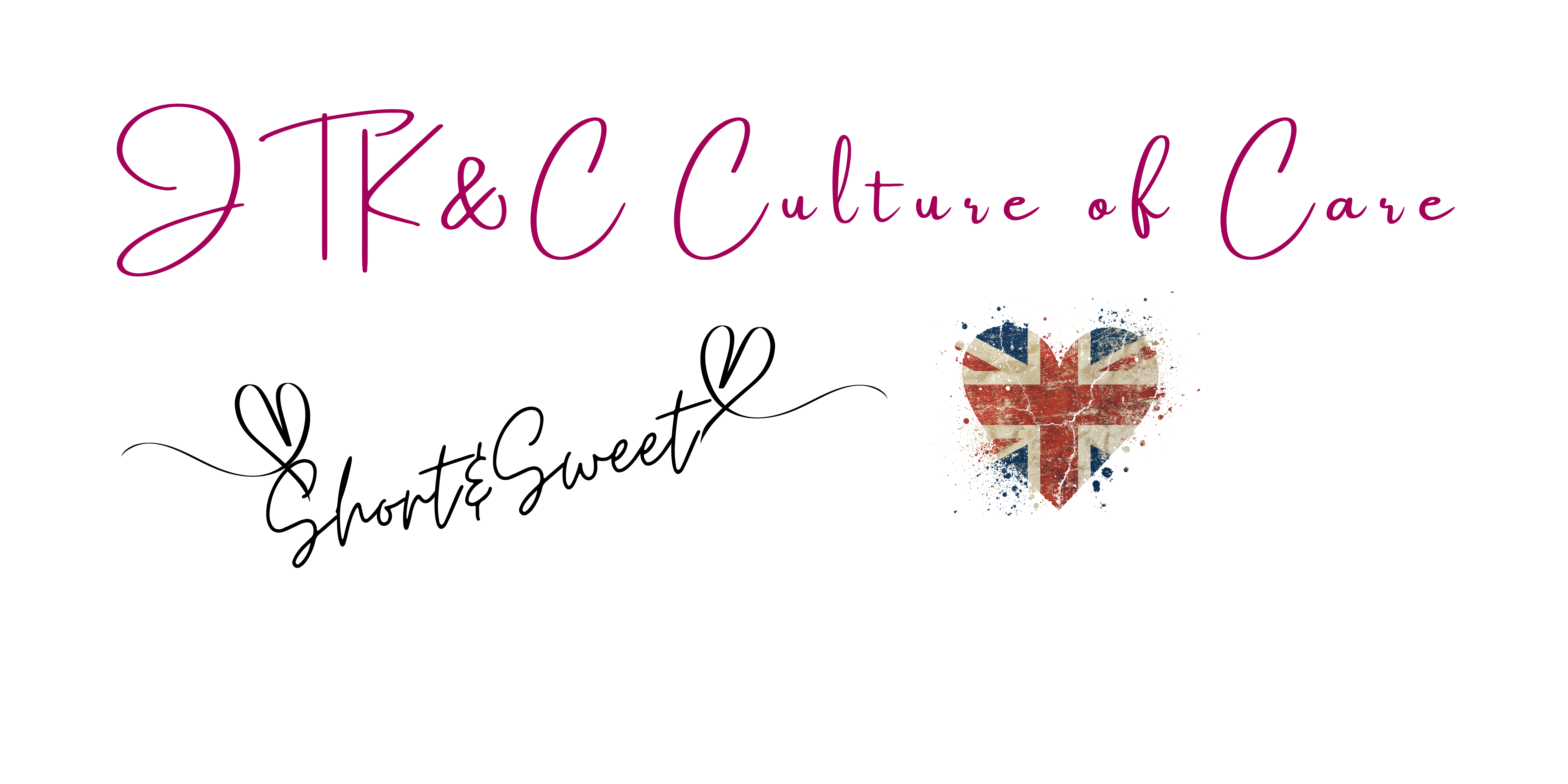https://www.transgendertrend.com/product/autism-gender-identity/
Description
Donate here To Transgender TREND
If you wish to make a contribution towards our costs, click the donation button above.
There is increasing awareness among parents, caregivers, clinicians and therapists that there is a clear link between gender identity issues and Autistic Spectrum Disorder (ASD).
We know that currently, 76% of referees to The Tavistock & Portman Gender Identity Service (GIDS) are adolescent girls, and we also know from The Tavistock’s statistics that 48% either have a diagnosis of, or show traits of Autism.
Altogether, this is an astonishing number of young people sharing characteristics that are usually only present in 1% of the population. While there is clear evidence that there is a link between the number of children and young people with gender dysphoria or identifying under the transgender umbrella, there is no research that looks at why. Part of the reason for this is that the exponential rise in children and young people experiencing gender dysphoria or identifying as trans has taken place very quickly – too fast in fact, for research to keep up.
We are extremely concerned that autistic children and adolescents are not receiving optimal care; either in terms of their Autism being recognised, or taken into account when under the care of gender identity services. We have collated within this report all the research, studies, and media that make up our knowledge base for Autism and identity issues.
We hope that in pulling together all this information in one place, parents and caregivers – as well as professionals, can better understand autistic children and young people, support them more effectively, and engage with clinicians and therapists with greater confidence.
Contents
Autistic Minds
1. Autism and the landscape of gender identity
1.1 Autistic Girls and Gender Identity
1.2 Autistic Girls and the Female Phenotype
1.2.1 Social presentation
1.2.2 Communication
1.2.3 Anxiety
1.2.4 Education
1.2.5 Sensory Issues
1.2.6 Strengths
1.3 Identity Formation
2. Non Binary Identities and Autism
3. Autism & Mental Health
3.1 Transgender OCD
3.2 Eating Disorders
3.3 Body Dysmorphic Disorder
3.4 Trauma
3.5 Misdiagnosis
Autistic Bodies
4. Puberty, Autism and Gender Identity
4.1.1 Breast Development
4.1.2 Height
4.1.3 Menstruation
4.1.4 Practical ways to help
4.1.5 Body Hair
4.1.6 Emotional Regulation
4.1.7 Sexuality
4.1.8 Being Sexualised by Others
4.2 Alexithymia
4.3 Interoception
4.4 Binders and sensory pressure
5. Social Communication Issues
5.1 The Hidden Curriculum
5.2 Communication
5.3 Informed Consent
5.4 The Influence of External Factors
5.4.1 Online Influencers
5.4.2 Public health and support websites
5.4.3 The sexual landscape
5.4.4 Sex based Stereotypes
5.4.5 Homophobia
5.4.6 Peer Groups
5.4.7 Plastic Surgery and body modification
5.4.8 Special Interests
Autism, Gender and Society
6. Public Bodies
6.1 Schools Guidance
6.2 The National Autistic Society
6.3 Parenting and Autism
6.4 Parenting and Identity
6.5 Suicidal Ideation
6.6 Detransitioners
What Next?
7.1 Education
7.2 Therapeutic and Health Practitioners
7.3 Parents
7.4 Autistic Girls; Gender’s silent frontier
Further Resources
8.1 Organisations
8.2 Written Media
8.3 Audio/visual Media
8.4 Research Papers
